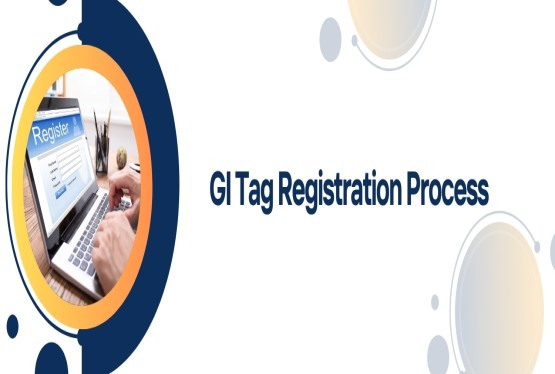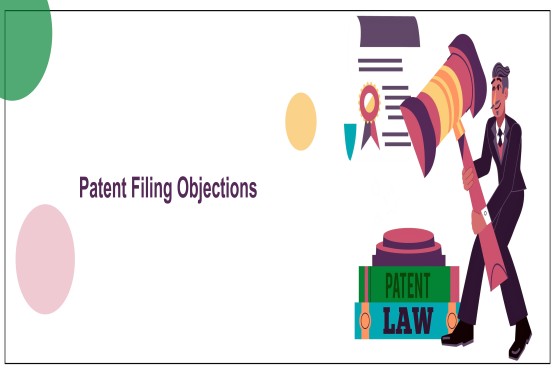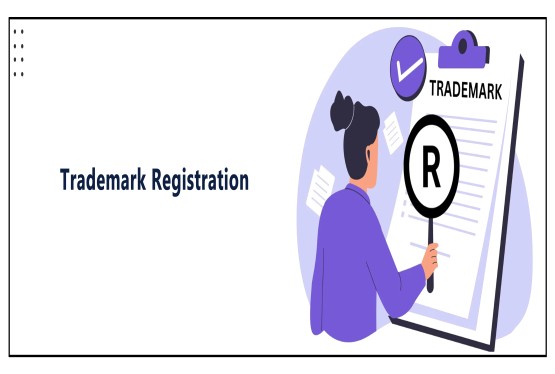If you have filed a trademark application, the best news you can hear is that your trademark is registered, and you become a legal owner of the brand name/ logo. When the Registry of Trademark issues the trademark registration certificate, the trademark status on the Indian Trademark Registry website shows "Registered". The applicant is now the registered owner and may use the ® symbol next to its trademark. The registered owner has the right to sue anyone who uses a deceptively similar trademark.
Meaning of a Registered Trademark
When the online status of a trademark is 'registered,' the online records usually include the date of the mark obtained registration as well as the date of the registration regarding when it will expire, and the mark must be renewed. According to the Trademark Act, a registered mark is valid for ten years from the date of application.
Significance of Registered Brand Name/ Logo
The registration of a trademark in the applicant's name conclusively maintains the applicant's ownership and title to the mark. This is significant because a trademark, like any other valuable movable or immovable asset, is an asset. It is also significant because it allows the registrant to prevent and contest other marks that he believes are similar to his own. This is not to say that owners of non-registered marks cannot contest other marks; however, owners of registered marks have an easier time establishing title to their mark through the existing registration and thus preventing third parties from using similar marks. With such registration, enforcement becomes easier.
Validity of Registered Trademark
Once a mark is registered, the registrant of the mark must simply wait for the registration to be renewed after ten years and keep track of the said registration, as a trademark can be cancelled/rectified after registration for various reasons such as non-use, non-distinctiveness, and so on. It is understandably difficult to keep track of a trademark for ten years and then have it renewed, which is why the task is typically delegated to Intellectual Property firms.
It should be noted that the registration is valid for ten years from the date of application and must be renewed every ten years before it expires under the current Act. The trademark renewal application must be filed within six months of the expiration of the trademark. There is a 6 month grace period after the expiration of a trademark during which the registration can be renewed by paying an additional surcharge. If the trademark registration is not renewed within the 6 month grace period, it can be restored and renewed within one year of expiration by paying an additional penalty.
-
If the 1 year grace period has also expired, the trade mark cannot be restored or renewed under the Statute. As a result, it is critical that the renewal dates be properly docketed/diarized so that renewal fees can be filed at the appropriate time before the trademark expires.
-
If the applicant does not have the registration certificate, he or she may apply for a duplicate copy of the registration certificate.
-
If the trademark registration is to be used in any legal proceedings, a certified copy should be obtained from the Trademark Registry.
-
Aside from having come a long way, the best part of registering a trademark is that it can be renewed indefinitely, every ten years. The only thing left is to remember to renew it!
At Compliance Calendar LLP, our approach is to help startup founders in protecting their brand name/ logo/ design and help in the trademark registration process end-to-end. For any query, you may contact us.





























_(b)_of_the_Trademark_Act,_1999_(1)_crop10_thumb.jpg)



_crop10_thumb.jpg)




























_crop10_thumb.jpg)
_crop10_thumb.jpg)






_crop10_thumb.jpg)








_crop10_thumb.jpg)



_crop10_thumb.jpg)





























_crop10_thumb.jpg)

















_crop10_thumb.jpg)






_crop10_thumb.jpg)












































































































































_crop10_thumb.jpg)




































_crop10_thumb.jpg)












_crop10_thumb.jpg)













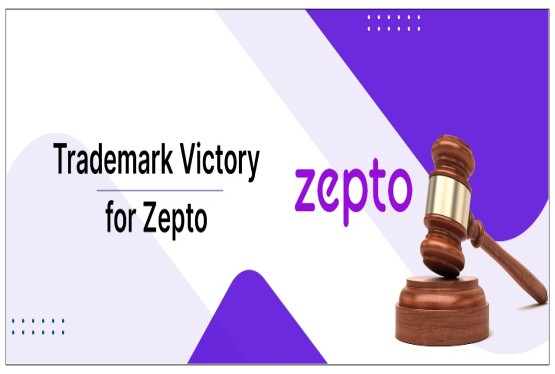




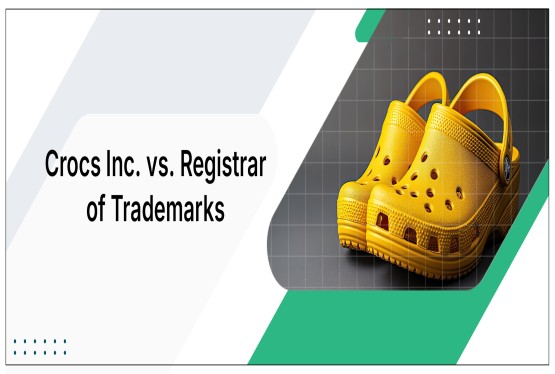




























_crop10_thumb.jpg)

















